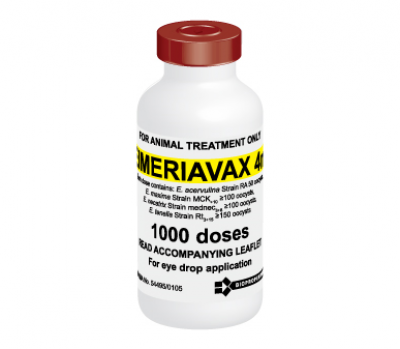Use 'Why Wait' to maximise early in-calf rates. It helps tighten calving spread, with all the associated benefits including more days in milk, better early submission rates next spring and improved cow longevity.
The principle is simple. A single Cyclase (PG) injection can bring cycling cows forward a week, meaning that essentially all cows in the herd ovulate and are inseminated in the first two weeks of mating.
For instance, cows cycling during the week before the PSM are generally not mated until the third week of mating. By identifying this group, and then a few days later administering a single injection of Cyclase, the cows cycle much sooner, during the first two weeks of mating.
Similarly cows on heat 7 to 14 days prior to PSM can be injected with Cyclase two days prior to PSM, and will also cycle sooner, in the first few days of mating, instead of during the second week of mating.
Cows cycling between 14 and 21 days prior to PSM will cycle in the first week of mating anyway, so no Cyclase is required for this group. Refer diagram below.
A large New Zealand study last season showed that cows mated to a heat brought forward by Cyclase have slightly higher conception rates than their untreated herd-mates, and also that a higher Cyclase dose led to significantly higher in-calf rates.
It is important to note the success of a Why Wait programme does depends on accurate heat detection, as well as good organisation and planning. The return on investment is excellent too, with $40 to $50 in additional milk income far exceeding the treatment costs.
Use 'Why Wait' to maximise early in-calf rates. It helps tighten calving spread, with all the associated benefits including more days in milk, better early submission rates next spring and improved cow longevity.
The principle is simple. A single Cyclase (PG) injection can bring cycling cows forward a week, meaning that essentially all cows in the herd ovulate and are inseminated in the first two weeks of mating.
For instance, cows cycling during the week before the PSM are generally not mated until the third week of mating. By identifying this group, and then a few days later administering a single injection of Cyclase, the cows cycle much sooner, during the first two weeks of mating.
Similarly cows on heat 7 to 14 days prior to PSM can be injected with Cyclase two days prior to PSM, and will also cycle sooner, in the first few days of mating, instead of during the second week of mating.
Cows cycling between 14 and 21 days prior to PSM will cycle in the first week of mating anyway, so no Cyclase is required for this group. Refer diagram below.
A large New Zealand study last season showed that cows mated to a heat brought forward by Cyclase have slightly higher conception rates than their untreated herd-mates, and also that a higher Cyclase dose led to significantly higher in-calf rates.
It is important to note the success of a Why Wait programme does depends on accurate heat detection, as well as good organisation and planning. The return on investment is excellent too, with $40 to $50 in additional milk income far exceeding the treatment costs.
Advent
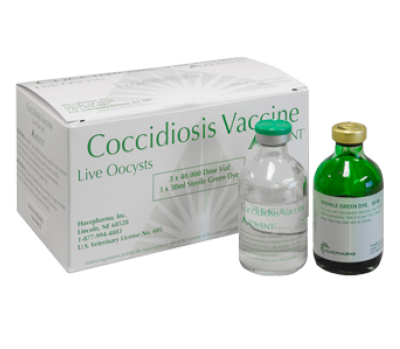
Albac G 15% Granulate
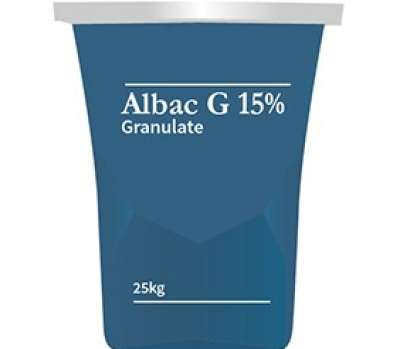
AviApp

B-Act 100
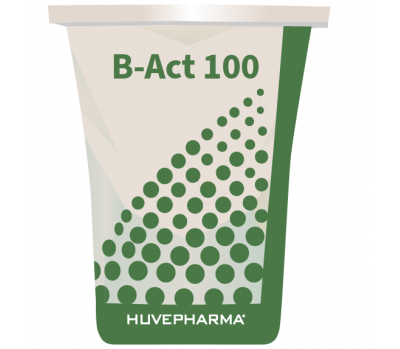
B-Act Soluble
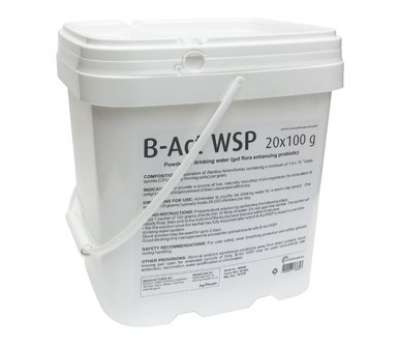
BaciMax 150 Granular

Bio-D 100 Premix

Coxipol 25% microGranulate
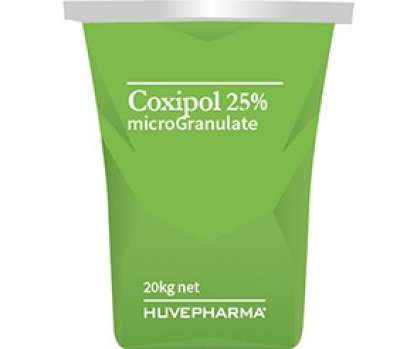
Coxiril 0.5% microGranulate
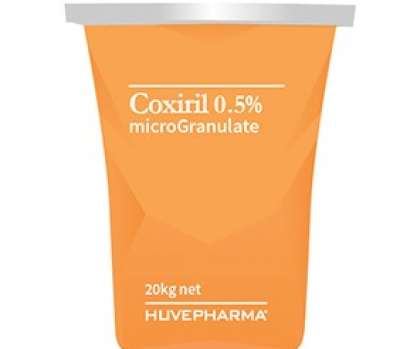
Eimeriavax 4m
